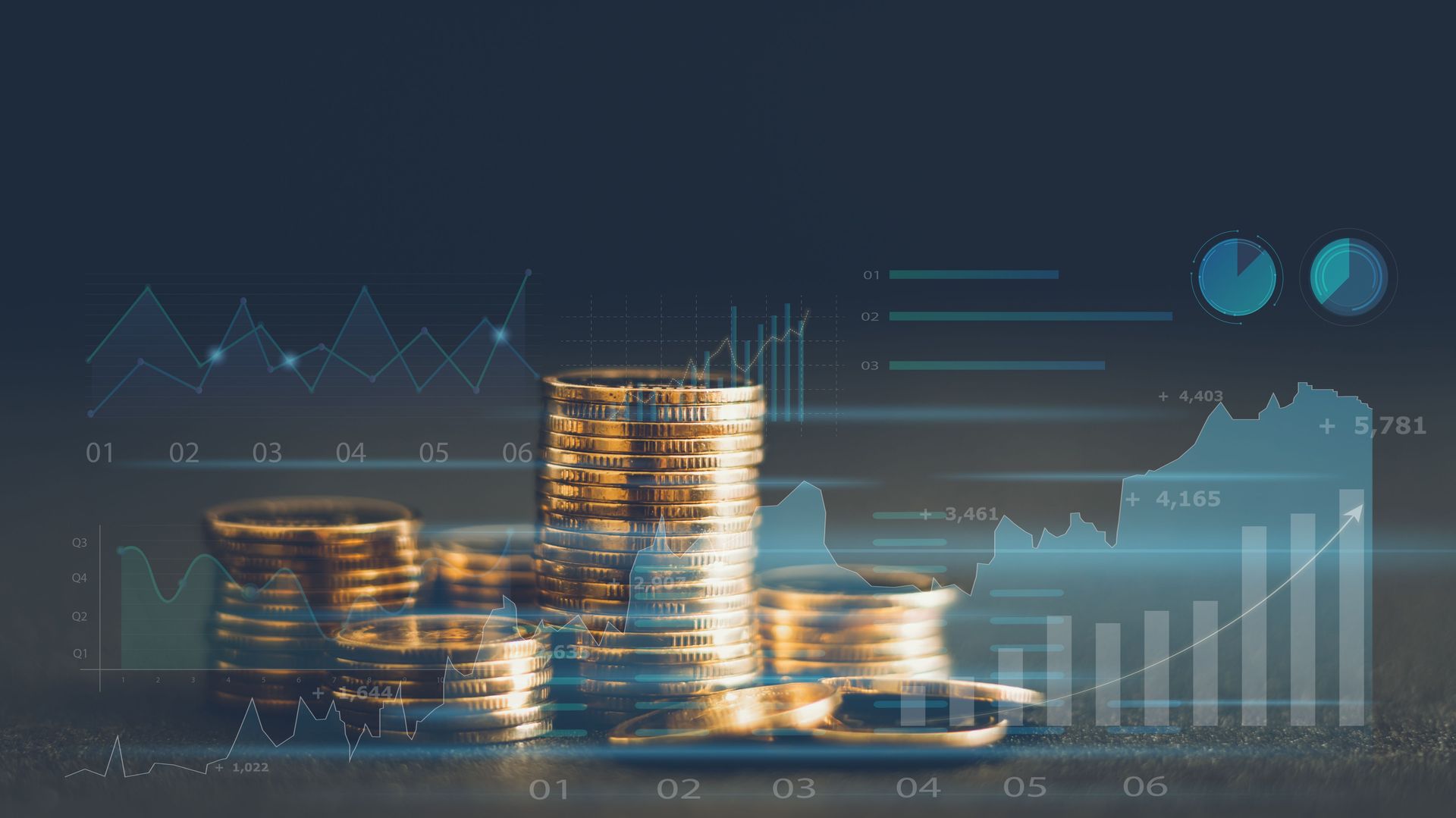A growing disinflationary environment is opening the door for the Federal Reserve to consider easing its monetary policy in the first quarter of the year. Despite this, strong economic activity is not providing any motivation for the central bank to take action. The uncertainty surrounding these factors has created a tight hold on the gold market, with prices consolidating within a narrow range above $2,000 per ounce. Gold prices are on track to end the second week in negative territory, with February gold futures last trading at $2,015.80 per ounce, down 0.7% from the previous week.
Analysts are closely monitoring the Federal Reserve’s monetary policy for new momentum in the gold market, with some suggesting a 50/50 chance of a rate cut as early as March. However, Ole Hansen, head of commodity strategy at Saxo Bank, believes that the current number of projected rate cuts cannot increase until the Fed takes action or economic data takes a sudden turn for the worse.
The Federal Reserve’s hesitation to introduce potential rate cuts is capping gold on the upside, but it is also creating limited selling pressure due to the expectation that rates will come down this year. Economic data released on Friday highlighted the volatility and uncertainty in the economy, with the Personal Consumption Expenditures price index rising at its lowest pace in nearly a year. Additionally, personal consumption saw an increase in December, further adding to the complexity of the current economic landscape.
As the Federal Reserve prepares for its first decision of the year, analysts are skeptical that the central bank will strike a predominantly dovish tone in its monetary policy meeting next week. The uncertainty surrounding potential rate cuts, geopolitical volatility, and economic uncertainty is driving elevated demand for precious metals as investors increasingly seek out safe-haven assets to diversify their portfolios and hedge against inflation.
Furthermore, the upcoming monetary policy meeting by the Bank of England and critical labor market data, including nonfarm payrolls, will influence market movements next week. This, alongside crucial economic data being released, underscores the importance for gold investors to closely monitor market developments and seek opportunities based on economic indicators rather than relying solely on central banks’ commentary.
The article anticipates an increase in demand for gold and other precious metals, as geopolitical volatility and ongoing economic uncertainty encourage investors to diversify their portfolios and hedge against inflation. Furthermore, the increased demand for safe-haven assets, such as gold, emphasizes the impact of global economic conditions on the precious metals market.









